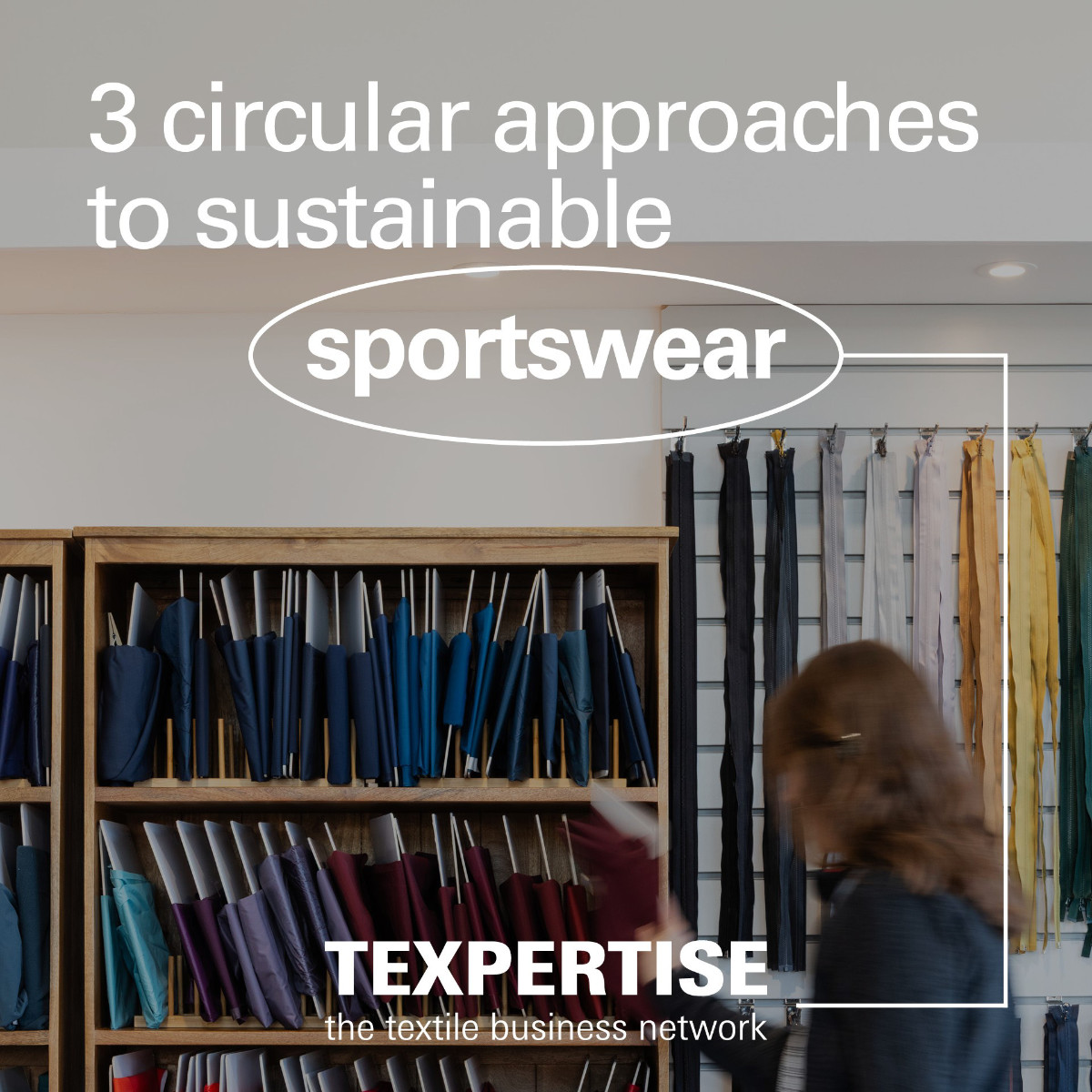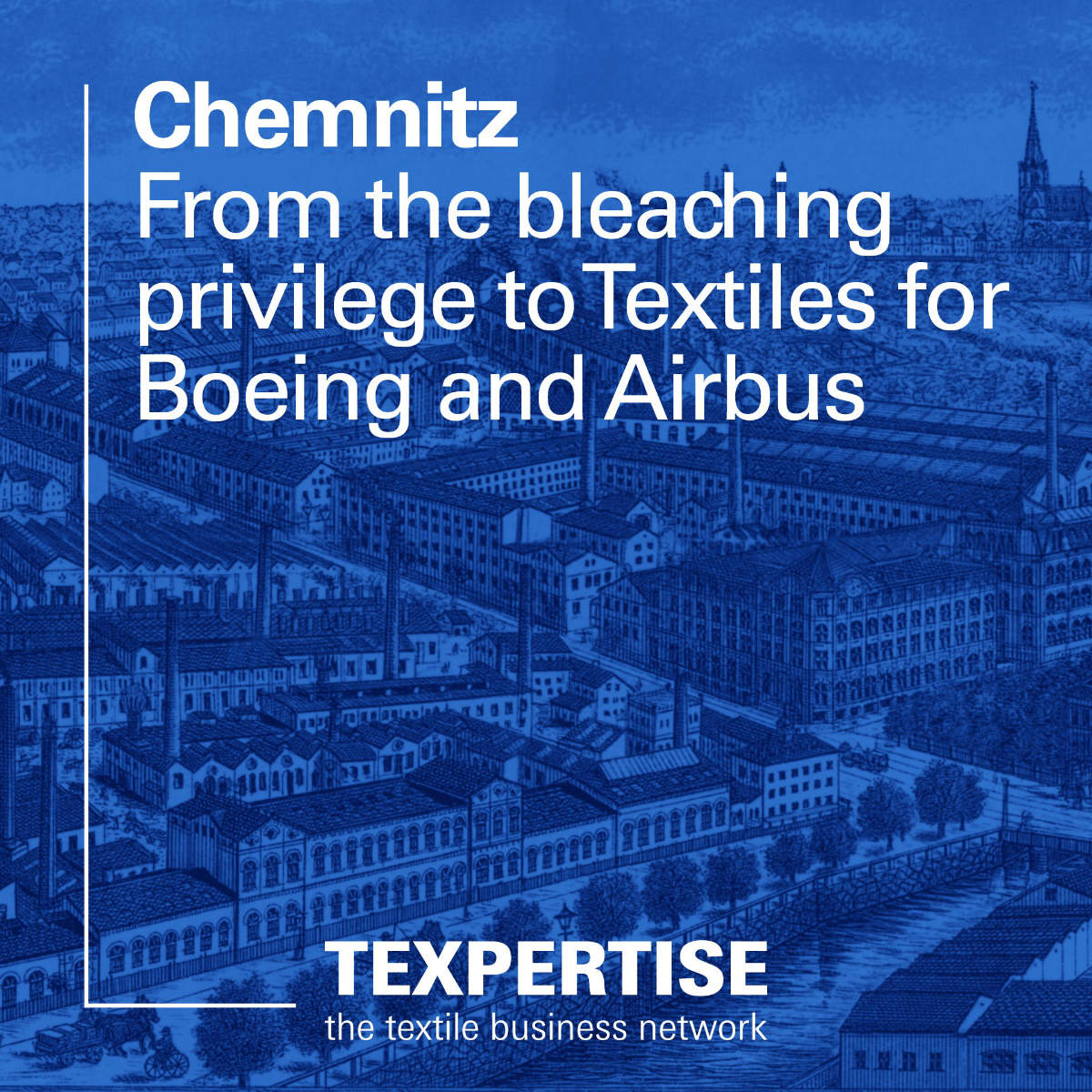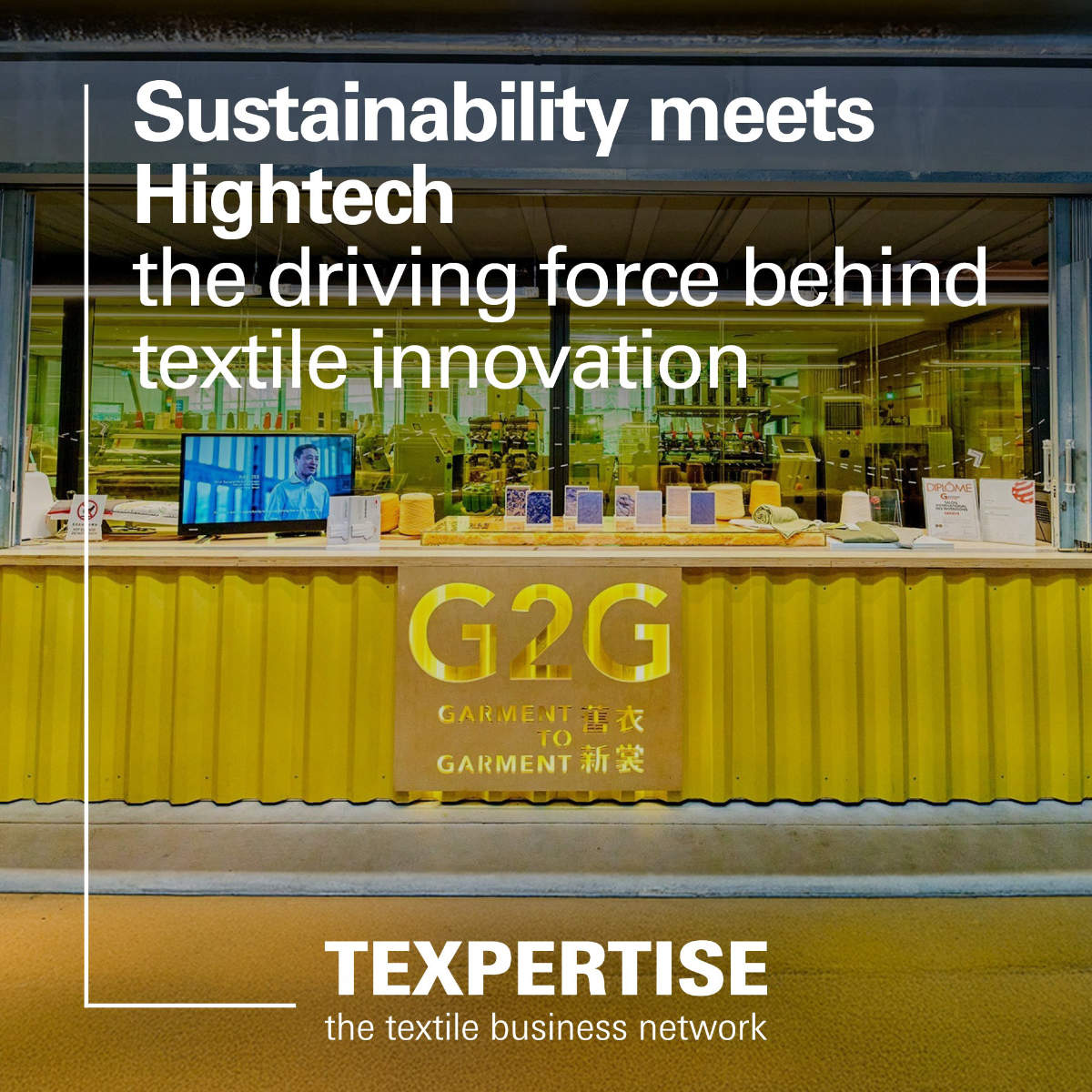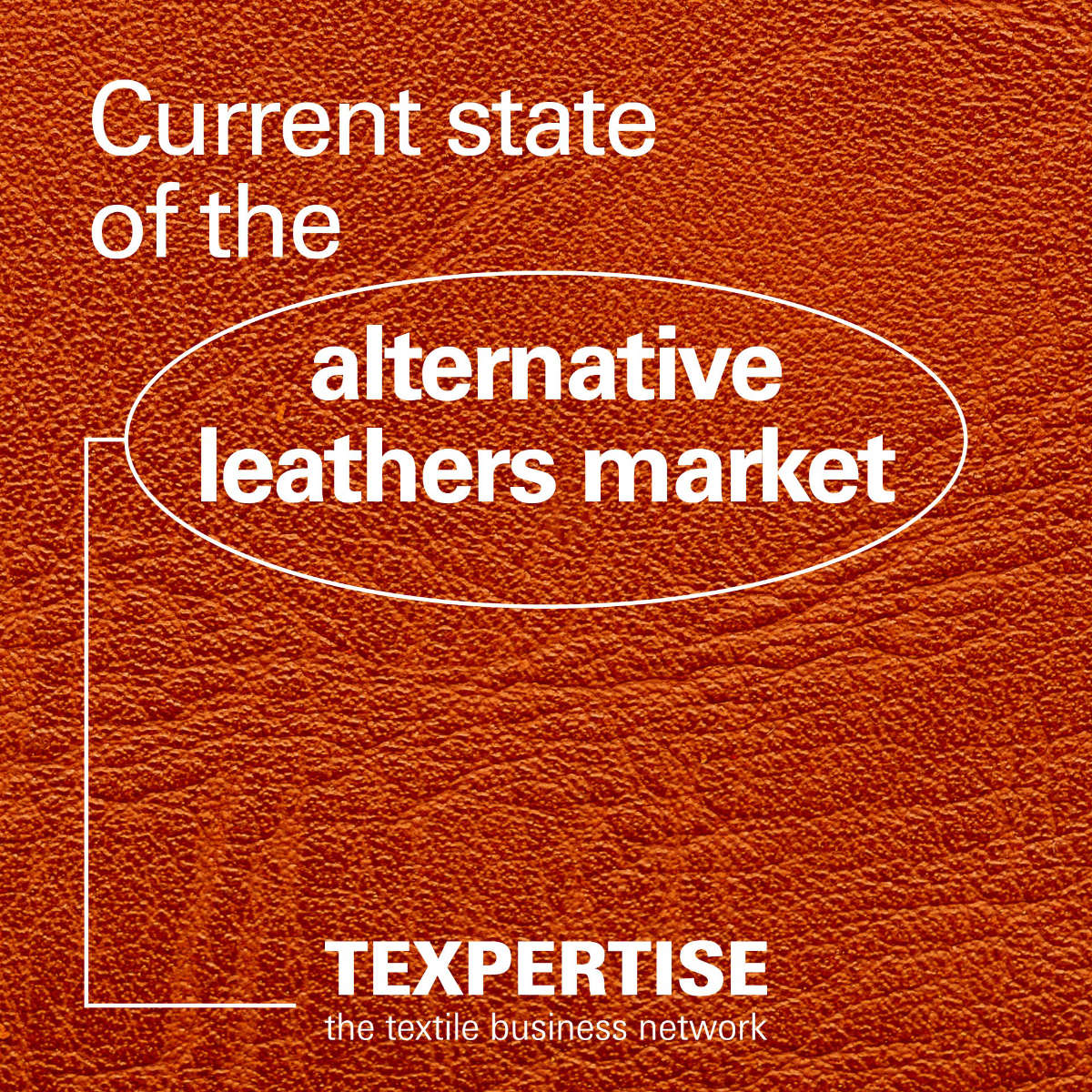Reading time: 3 minutes
Sustainability has become a central concern in interior architecture. Clients appreciate natural materials and want to know where textiles come from, how they are made and what social and environmental impacts they carry. Sustainable interior textiles require a broader perspective—one that includes the entire supply chain, not just the final product.
Why sustainable sourcing matters
Design professionals are now expected to deliver textile solutions that respect both environmental boundaries and social responsibility—without compromising on design, performance or comfort. Sustainable materials combine tactile and visual appeal with ecological soundness and ethical production.
Core questions include:
- Are raw fibres responsibly sourced?
- Was the production energy- and water-efficient?
- Which chemicals were used during finishing?
- How sustainable are transport and logistics?
What does sustainability mean in textile sourcing?
As there is no legally binding definition of "sustainability", transparency is essential. A responsible approach typically includes:
- Environmental integrity: e.g., minimising resource consumption, reducing CO₂ and other harmful emissions, and managing water and energy efficiently.
- Social responsibility: e.g., ensuring fair wages, safe working conditions, and compliance with labour standards—especially in developing and emerging economies.
- Circularity: e.g., designing for longevity, recyclability and reuse is becoming a key criterion for textile sustainability.
Four pillars of sustainable textile sourcing
To assess sustainability in interior textiles, the full value chain must be considered:
- Raw material sourcing
Fibres such as flax and organic cotton are valued for low water usage and eco-friendly cultivation. Sustainable farming often avoids pesticides by using biological control methods and crop rotation to reduce pest pressure and soil degradation. - Textile processing:
Conventional manufacturing methods use surfactants, alkalis or bleaching agents. Sustainable alternatives – such as Lyocell or organic linen – require fewer chemicals. Even more important are closed water cycles, energy savings and the use of renewable energy sources. - Functional finishing and dyeing:
Problematic substances like azo dyes, brominated flame retardants or alkylphenols can be replaced in sustainable processes with plant-based pigments or enzymatic methods. Examples include:
- Plant-based dyes: Chamomile, turmeric or indigo offer ecological alternatives.
- Fungal dyes: New research enables natural pigments with high colour brilliance.
- Enzymatic processes: Used for fibre finishing, they reduce energy consumption. - Transport and logistics:
Globalised supply chains generate CO₂ emissions – even if transport accounts for a relatively small share of the total footprint. Improvements can be achieved through:
- Collaboration with regional producers,
- Circular systems and upcycling processes,
- Low-emission logistics and optimised route planning.
How to identify sustainable interior textiles
Certified labels help specifiers and designers select verified sustainable products:
- GOTS (Global Organic Textile Standard): One of the most comprehensive labels, covering organic fibre content, strict environmental requirements and social standards.
- OEKO-TEX® Standard 100: Ensures textiles are free from harmful substances across all production stages.
- Global Recycled Standard (GRS): Recognises products with a high percentage of recycled content and documents commitment to circular economy principles.
Conclusion: Sustainable supply chains create competitive advantages
Textiles define the character, texture and warmth of interior spaces. Clients increasingly expect sustainability to be part of the design solution—from material choice to production and delivery. For interior professionals, building sustainable supply chains is more than an ethical commitment—it is a strategic advantage and a sign of market leadership.
FAQ – Frequently asked questions on sustainable textile sourcing
What is sustainable sourcing?
It is a holistic approach that integrates environmental, social and economic factors into procurement decisions. The aim is to offer textiles that meet design expectations while having a positive impact on both people and the planet.
How does sustainable sourcing benefit the environment?
A well-designed sourcing strategy reduces emissions and avoids harmful chemicals across the textile lifecycle. For example, producing one tonne of conventional textiles can generate 15 to 35 tonnes of CO₂. Sustainable sourcing significantly lowers this figure.
Which brands are committed to sustainable interior design?
An increasing number of manufacturers within the Texpertise Network are actively focusing on sustainable solutions. A valuable resource in this context is the Econogy Finder – an online directory that lists international suppliers of sustainably produced textiles.










